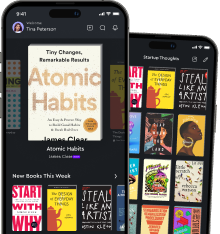Mimesis, desire, violence from "summary" of René Girard's Mimetic Theory by Wolfgang Palaver
Mimesis, desire and violence are often seen together in human relationships. They explain why we may end up wanting the same things as our peers, resulting in conflict and rivalry. Our own desires can drive us to compete with others, leading to a cycle of violence.- According to a theory put forward by an expert, mimesis is at the core of human desire, leading us to imitate other people and inadvertently create violence.
- When our drive to mimic the wishes of others breeds rivalry, it can lead to animosity, hostility, and ultimately physical or emotional abuse.
- Social behavior can be motivated by an unconscious urge to replicate the desires of those around us, potentially leading to conflict when multiple people pursue the same goal.
- Conflict is sparked from a perpetual cycle, as the end result of mimetic influence between individuals or groups wanting the same outcome but motivated by different factors.
- We are naturally drawn to try to meet our own needs in creative ways, often using inspiration from what we observe: however, this may also cause us to compete with others for similar objectives.
- Our responses to challenging situations shape the way they unfold, and how we interact during these times will determine whether aggressive competition or cooperative collaboration becomes the desired outcome.
- People tend to judge situations by comparing them to their past experiences, in turn restricting autonomy and forcing emulation; this has implications for personal relationships as well as broader social dynamics.
- Many times, even when the outcome seems inevitable, the battle of imitating, desiring, and striving continues until one side finally submits to the other’s domination.
- Cultural norms and values form part of who we are as individuals, creating expectations that dictate how we view ourselves and act towards other people and the world at large.
- Struggles between commercial and non-commercial entities involve a dynamic dance of anticipation, negotiation, and resolution, and yet the forces of competition remain powerful motivators.

